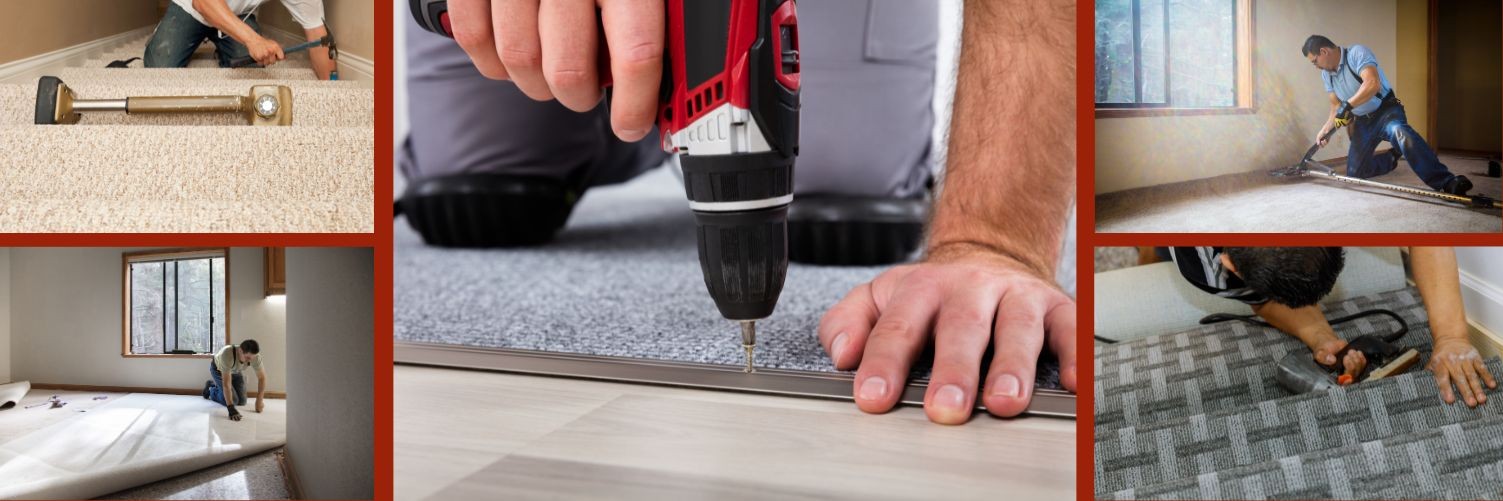Carpeting adds warmth, comfort, and style to any room, but over time, high-traffic areas like doorways can suffer wear and tear. Thankfully, you don't always need to call in a professional to fix these issues. With some basic tools, materials, and a bit of know-how, you can tackle carpet repairs around doorways yourself. In this comprehensive guide Carpet Repair Melbourne, we'll walk you through the step-by-step process of DIY carpet repair, providing tips, tricks, and techniques to help you achieve professional-looking results.

Assessing the Damage
- Before diving into repairs, carefully assess the extent of the damage to your carpet around the doorway area.
- Identify any tears, snags, fraying edges, or loose seams that need attention.
- Take note of the carpet material, pile height, and backing to ensure you choose the appropriate repair method and materials.
Gathering the Tools and Materials
- Ensure you have all the necessary tools and materials before starting the repair project.
- Essential tools may include a utility knife, carpet glue, seam roller, carpet tape, straightedge, and a hot glue gun.
- Choose carpet patching material that closely matches the color, texture, and pile of your existing carpet for seamless repairs.
Patching Small Tears and Holes
- For small tears and holes in the carpet, patching is often the most effective repair method.
- Begin by trimming any loose fibers around the damaged area with a utility knife to create a clean edge.
- Cut a patch from a spare carpet or a remnant that's slightly larger than the damaged area.
- Apply carpet glue to the patch and carefully press it into place, using a seam roller to ensure a secure bond.
- Allow the glue to dry completely before trimming any excess patch material with a sharp knife.
Repairing Frayed Edges and Loose Seams
- Frayed edges and loose seams can be unsightly and pose a tripping hazard if left unaddressed.
- Use a hot glue gun to apply small adhesive along the frayed edges or loose seams.
- Carefully press the edges or seams back into place, applying firm pressure to ensure a strong bond.
- Wipe away any excess glue with a damp cloth and allow the repair to dry thoroughly before walking on the carpet.
Securing Loose Carpet with Carpet Tape
- Loose carpets around doorways can be a common issue, especially in high-traffic areas.
- Carpet tape offers a quick and easy solution for securing loose carpet edges without the need for extensive repairs.
- Simply lift the loose edge of the carpet and apply double-sided carpet tape to the subfloor beneath.
- Press the carpet firmly onto the tape, working from the center outwards to ensure a smooth and secure bond.
- Trim any excess carpet tape with scissors and walk over the repaired area to ensure it's properly secured.
Maintaining Your Repaired Carpet
- Proper maintenance is key to preserving the longevity and appearance of your repaired carpet.
- Regular vacuuming helps remove dirt, debris, and allergens that can contribute to premature wear and tear.
- Avoid using harsh chemicals or abrasive cleaning methods that could damage the carpet fibers or adhesive.
- Promptly address any new tears, holes, or frayed edges to prevent further damage and maintain the integrity of your repairs.
Conclusion
With the right tools, materials, and techniques, DIY carpet repair can be a rewarding and cost-effective way to keep your floors looking their best. By following the tips and guidelines outlined in this guide, you can confidently tackle damaged doorway areas and enjoy professional-quality results without breaking the bank. So roll up your sleeves, unleash your inner handyman, and take pride in restoring your carpet to its former glory. Happy repairing!



